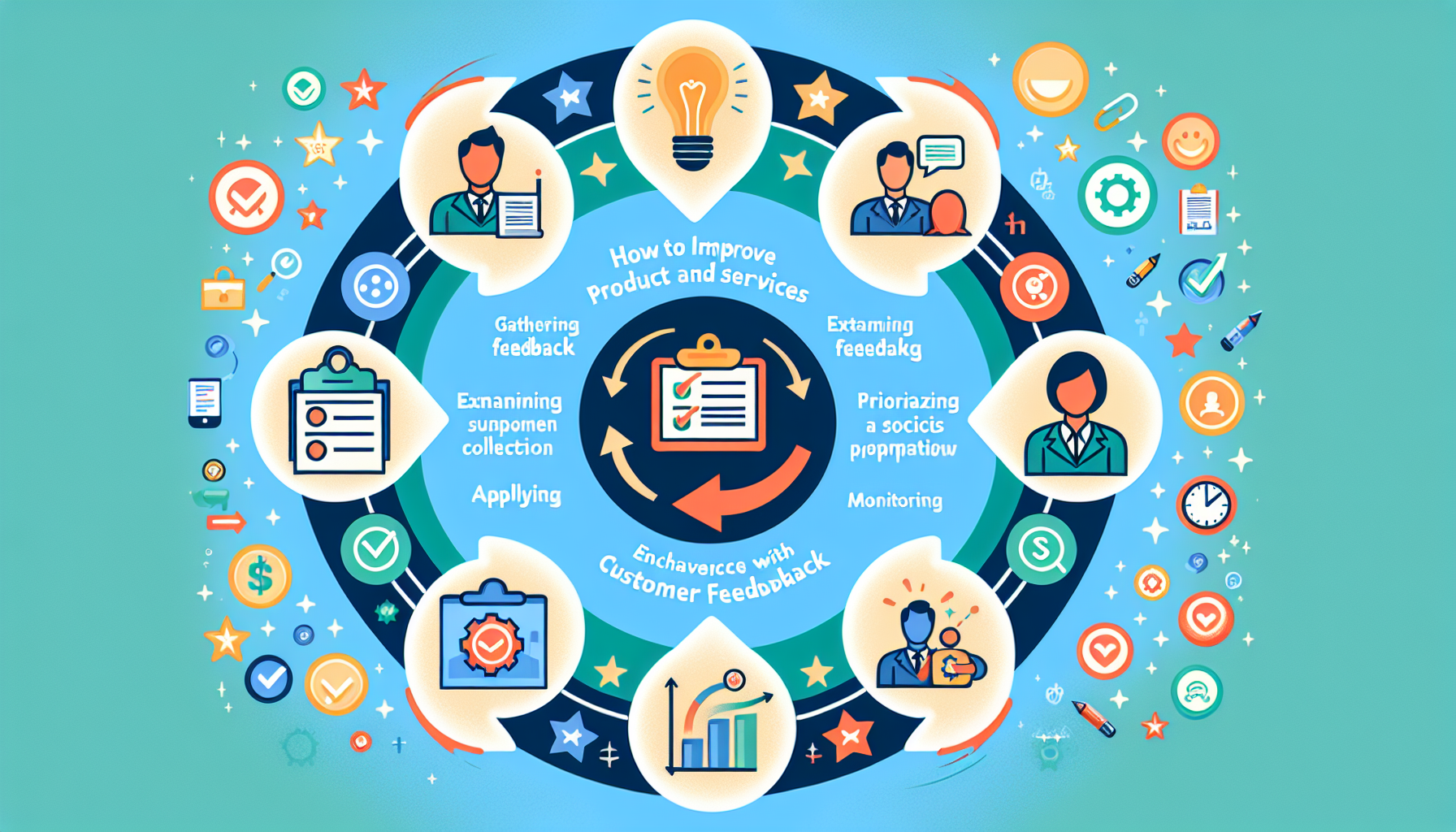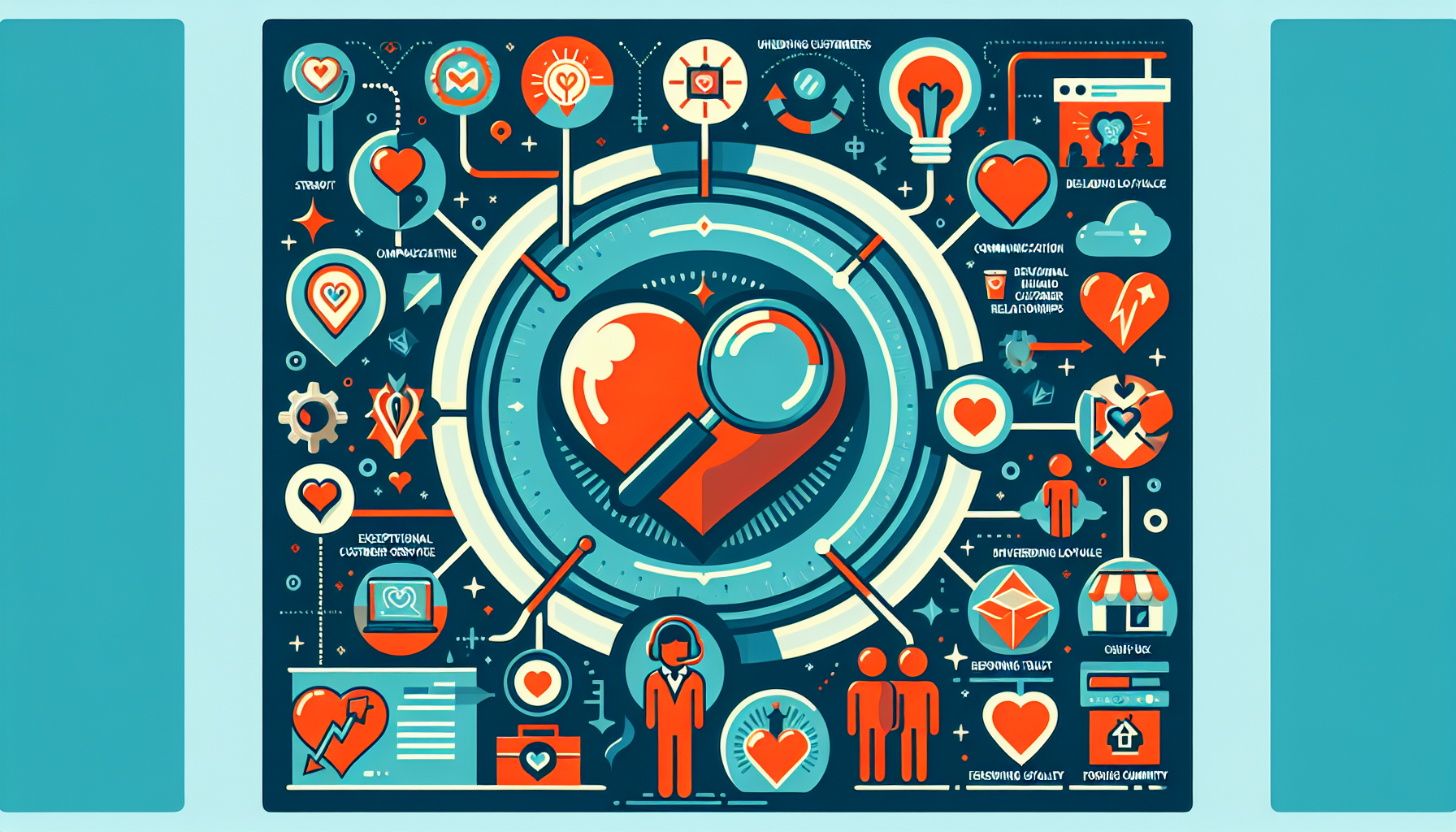Customer feedback is a valuable resource for any business looking to improve its products and services. By listening to your customers and making data-driven decisions, you can enhance customer satisfaction, drive loyalty, and boost your bottom line. Here’s how you can effectively use customer feedback to improve your products and services.
1. Collect Customer Feedback
To improve your products and services, you first need to gather comprehensive and actionable feedback.
- Surveys and Questionnaires: Use online surveys and questionnaires to ask customers about their experiences and suggestions.
- Social Media: Monitor social media platforms for comments, reviews, and messages about your products or services.
- Customer Support: Gather feedback from customer support interactions, including emails, phone calls, and chat logs.
- Product Reviews: Analyze reviews left on your website, e-commerce platforms, and third-party review sites.
2. Analyze the Feedback
Once you’ve collected the feedback, it’s essential to analyze it to identify patterns and areas for improvement.
- Categorize Feedback: Group feedback into categories such as product quality, customer service, usability, and features.
- Identify Trends: Look for recurring themes or issues that multiple customers mention.
- Quantitative Analysis: Use statistical methods to quantify the feedback, such as calculating the percentage of customers who mention a specific issue.
- Sentiment Analysis: Apply sentiment analysis tools to understand the overall tone of the feedback.
3. Prioritize Improvements
Not all feedback will be equally important or feasible to address. Prioritize the changes that will have the most significant impact.
- Impact Assessment: Evaluate the potential impact of each improvement on customer satisfaction and business performance.
- Feasibility: Consider the resources required to implement each change, including time, cost, and technical feasibility.
- Customer Priorities: Focus on the areas that matter most to your customers, as indicated by the frequency and sentiment of the feedback.
4. Implement Changes
Once you’ve prioritized the improvements, it’s time to take action.
- Product Development: Work with your product development team to address issues related to product quality, features, and usability.
- Service Enhancements: Improve customer service processes and training to address feedback related to support experiences.
- User Experience: Enhance the user experience on your website or app based on usability feedback.
- Communication: Keep customers informed about the changes you’re making and how they address their feedback.
5. Monitor Results
After implementing changes, it’s crucial to monitor the results to ensure they have the desired effect.
- Customer Satisfaction: Measure customer satisfaction levels before and after the changes using surveys and feedback tools.
- Performance Metrics: Track key performance indicators (KPIs) such as sales, return rates, and customer retention.
- Ongoing Feedback: Continue to gather and analyze customer feedback to identify any new issues or areas for further improvement.
6. Create a Feedback Loop
Establish a continuous feedback loop to ensure ongoing improvement.
- Regular Reviews: Conduct regular reviews of customer feedback and your improvement efforts.
- Engage Customers: Encourage customers to provide ongoing feedback through multiple channels.
- Iterate: Use the feedback to make iterative improvements to your products and services.
結語
Using customer feedback to improve your products and services is an ongoing process that requires commitment and effort. By collecting comprehensive feedback, analyzing it effectively, prioritizing improvements, implementing changes, monitoring results, and maintaining a continuous feedback loop, you can enhance customer satisfaction and drive business success.



